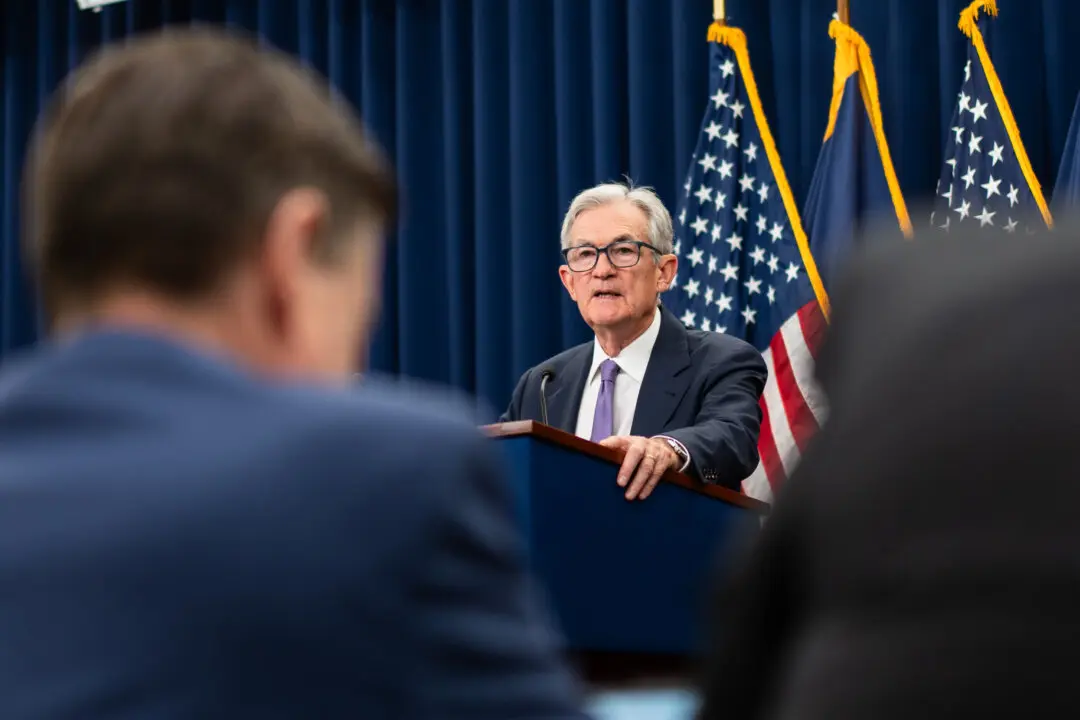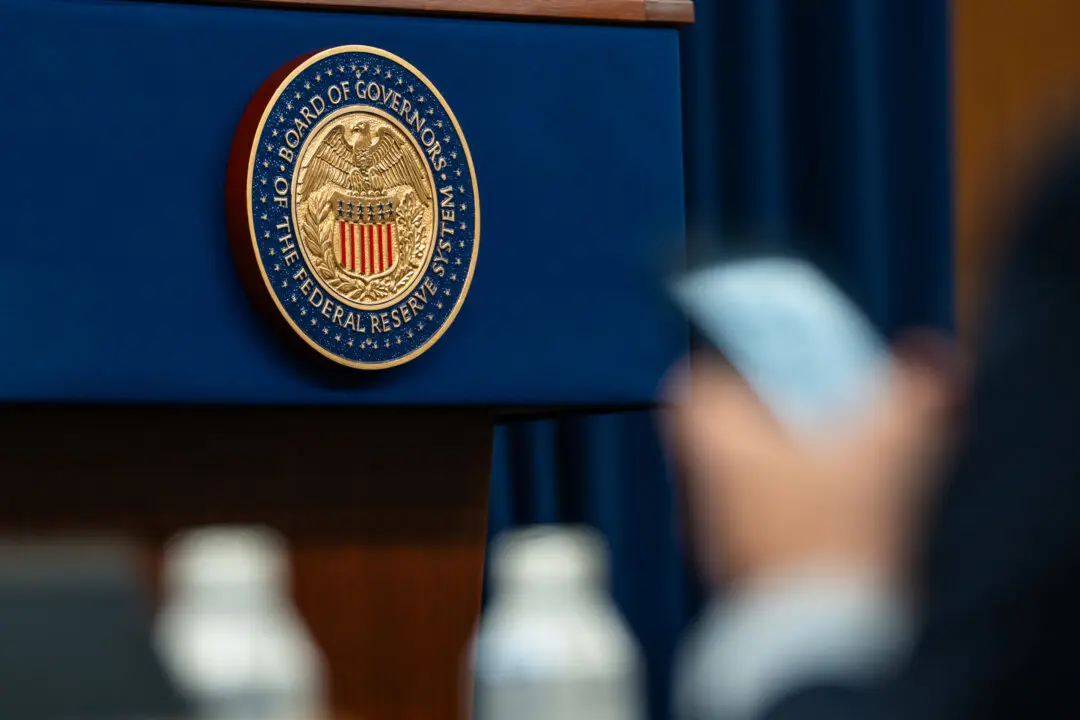U.S. government bonds are off to a hot start in 2022 as some of the yields have climbed to fresh 52-week highs.
The yield on the benchmark 10-year Treasury note has risen to around 1.77 percent. The 2-year yield rallied to about 0.94 percent, while the 30-year bond topped 2.09 percent.





